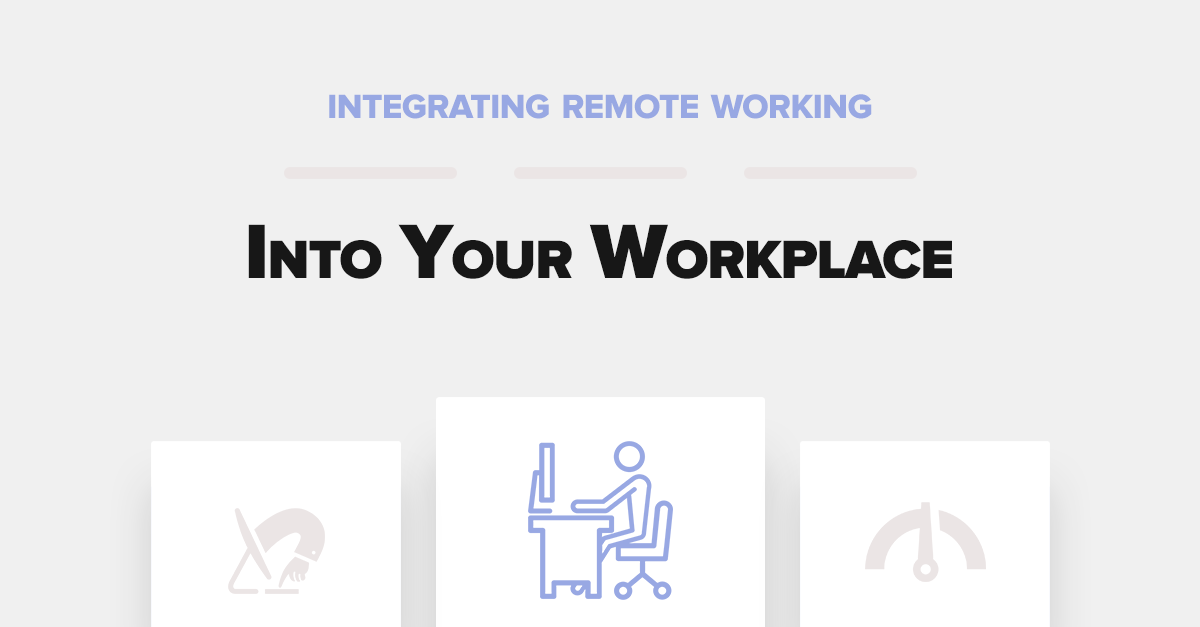According to the US Dept. of Labor, In 2014, 23 percent of US employees did some or all of their work at home – so, remote working is clearly on the rise.
And while there is still much debate around the question of whether companies should adopt remote working, today we want to look at the practicalities of remote working.
Whether you have a fully remote workforce or a mixture, a key question that isn’t often addressed is how to handle the practicalities and challenges of integrating them into your company.
Here are some key tips that will help make it easier to run a remote team:
1. Schedule regular one-on-ones
It’s vital that managers have regular one on one conversations with their remote workers. Use Skype, chat, the regular phone or even meet up in person at least once a month to touch base and discuss how their work is going.
2. Keep them in the loop
Constant daily communication is key for letting your remote workers know what’s going on, helping them feel part of the company and ensuring they share in the company culture.
3. Empower them to make their own decisions
Remote workers may not keep regular working hours or might even be based in a different time zone. As they can’t always have access to managers to authorize or give advice they need to be given the responsibility to make decisions.
4. Keep track of their work
Surprisingly, over-work is an even greater danger than under-work for remote workers. As Jason Fried and David Heinemeier Hansson point out in ‘Remote: Office Not Required’, the biggest danger is them burning out.
5. Monitor their computers
For managers concerned about their remote workers, employee monitoring software is an excellent investment.
Software such as KnowIT, will allow managers to install software remotely onto distributed workers devices that will monitor what applications and websites they use and when they use them.
The result can give a very clear picture of how productive employees are being and the hours they are working, allowing for clear, precise and informative data to help you run a smoother operation.
